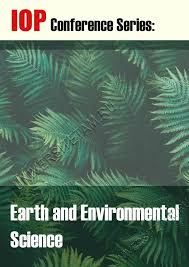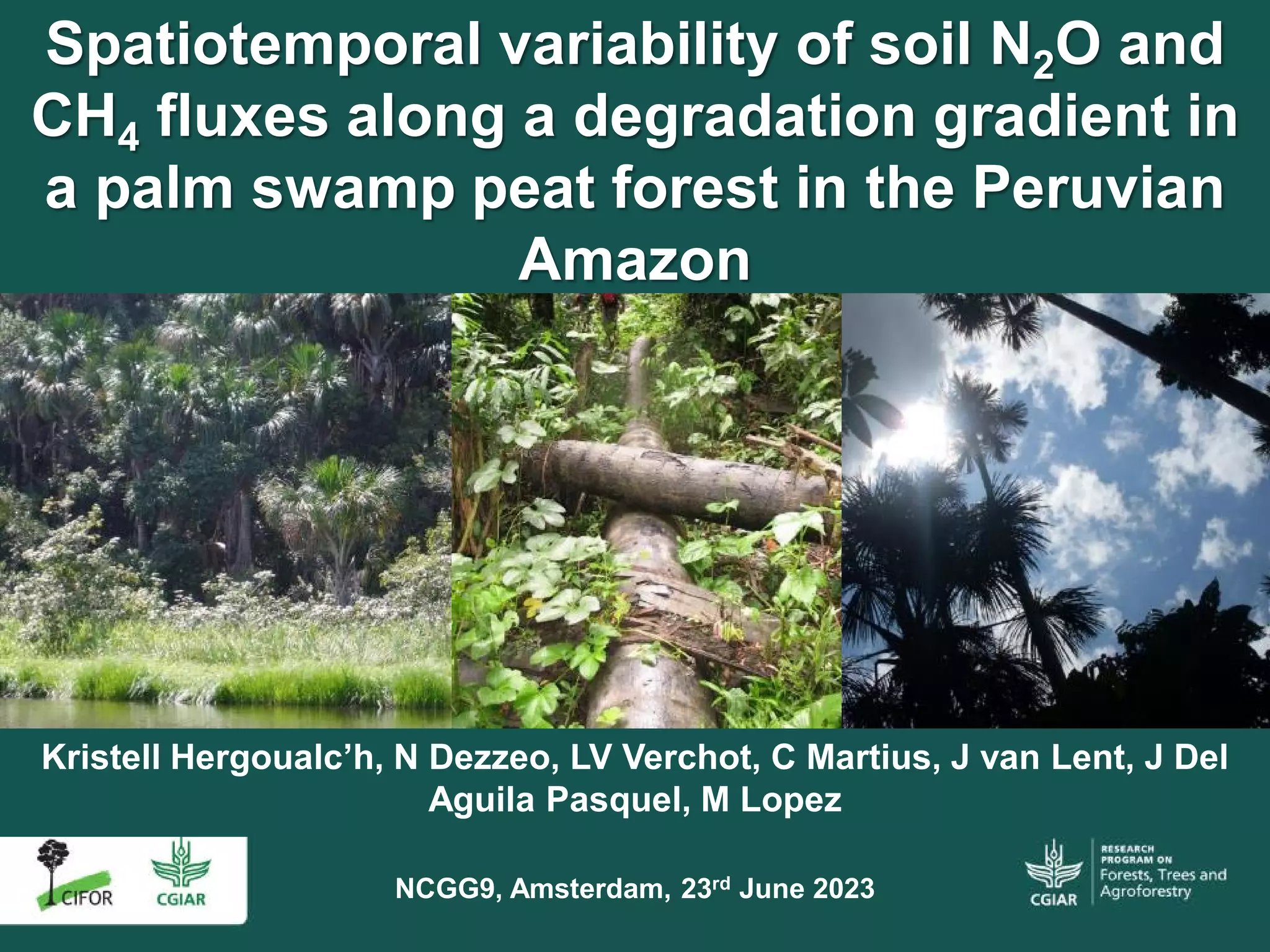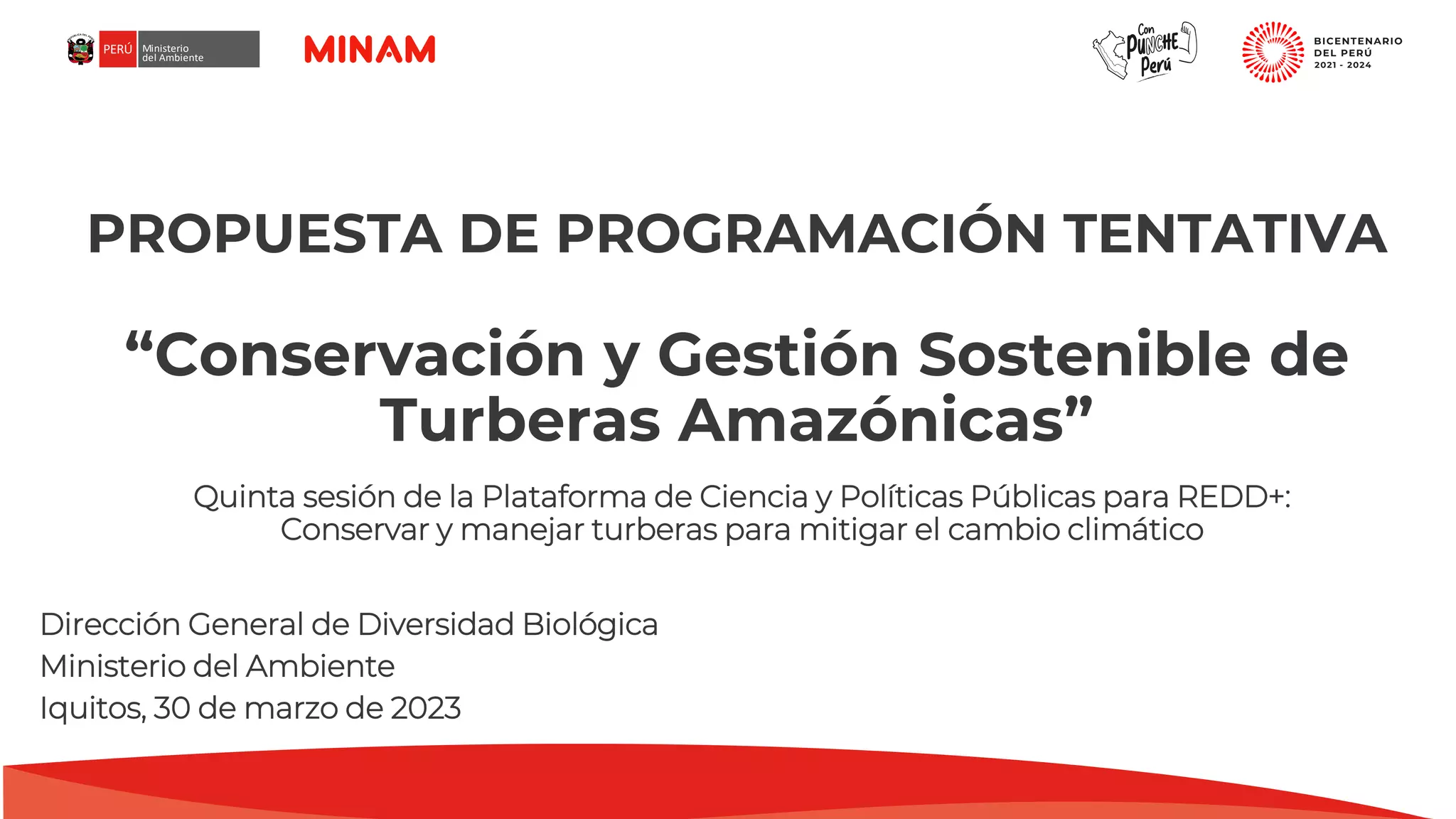
The goal of conventional tropical peatland management is to reduce the groundwater level for agriculture and plantations because commercial crops and plants are generally susceptible to high soil moisture and high groundwater levels, of which conventional water management, here, is called “Drainage-based water management” (Drainage-based WM). This Drainage-based WM has been a basic technology for tropical peatland management for a long time. Recently, however, El Niño occurrences have increased, causing serious droughts in Southeast Asia, and the drained peatland has resulted in serious damage, causing severe peat and forest fires, as well as peat degradation by microorganisms. Therefore, this Drainage-based WM has been modified by canal/drain/ditch blocking. However, when big El Niño occurred, due to the limited rainfall, the water supply was reduced regardless of canal blocking in many cases. Thus, a new water management system is required in tropical peatland, with innovative water management, which is denoted herein as “Stock-based water management” (Stock-based WM). This “Stock-based WM” is like an “irrigation system” for the paddy field. Water flow is designed to achieve a high level of water retention in the ecosystem. In Drainage-based WM, water should drain from the tropical peatland ecosystem as soon as possible, which is called “Conventional Management.” In Stock-based WM, water should be retained in the tropical peatland ecosystem as long as possible, which is called “Eco-management.” The “Eco-management in a large-scale ecosystem of tropical peatland” comprises four components: (1) water management and land-use planning, (2) biodiversity conservation planning, (3) new technologies to preserve peat, and (4) their evaluation systems. The goals of this “Eco-management” in a large-scale tropical peatland are (1) to establish a carbon-negative system, including mitigation and adaptation strategies to global climate change; (2) to address biodiversity conservation at the landscape level; and (3) to provide socioeconomic security to the people who are already making a livelihood on the peatlands.
Download:
 file
file

- Authors: Kato, T., Silsigia, S., Yusup, A.A., Osaki, M.
- Author Affiliation: PT. Wana Subur Lestari/PT. Mayangkara Tanaman Industri, Hokkaido University
- Subjects: biodiversity conservation, water management, drainage, peatlands, tropics, ecosystem management
- Publication type: Chapter-R
- Source: Osaki, M., Tsuji, N., Foead, N., Rieley, J., (eds). 2021. Tropical Peatland Eco-management. 89-134
- Year: 2021
- ISSN: 978-981-334-654-3
- DOI: https://doi.org/10.1007/978-981-33-4654-3_3
















